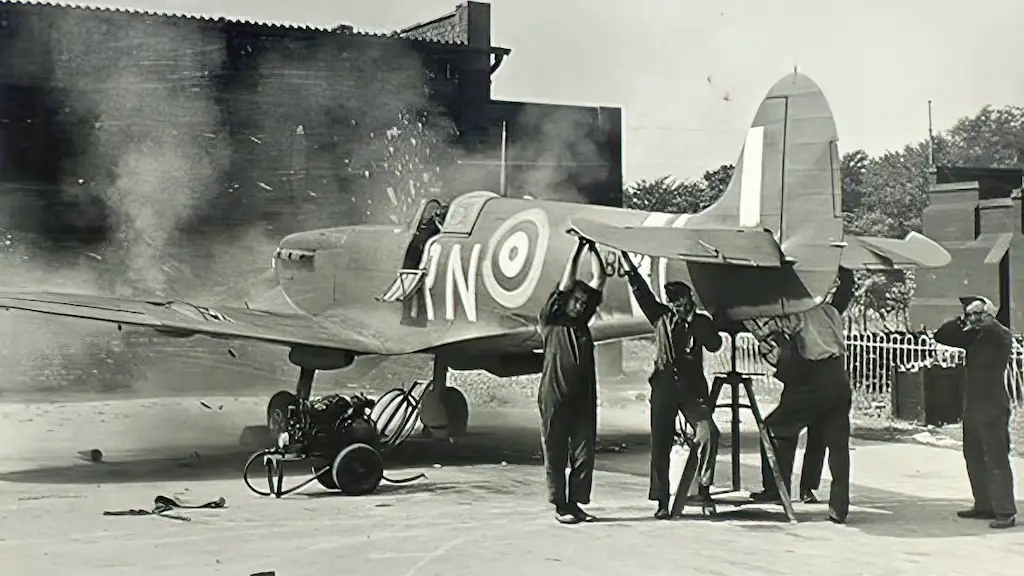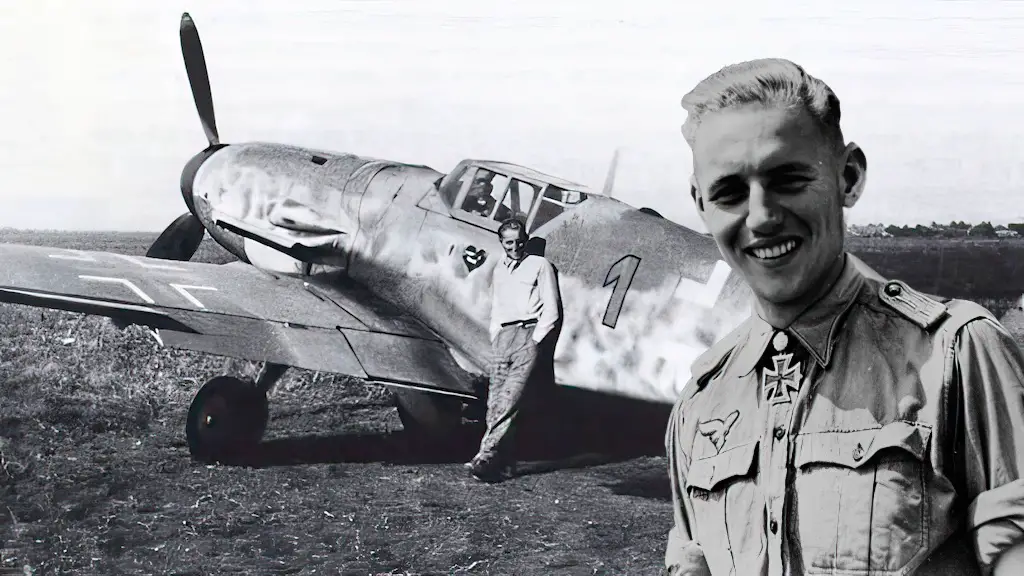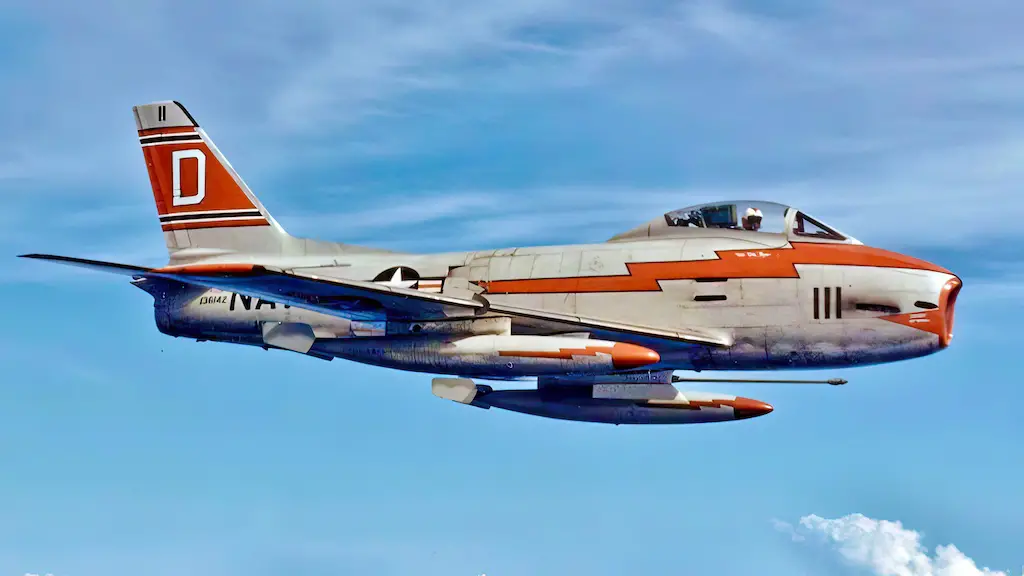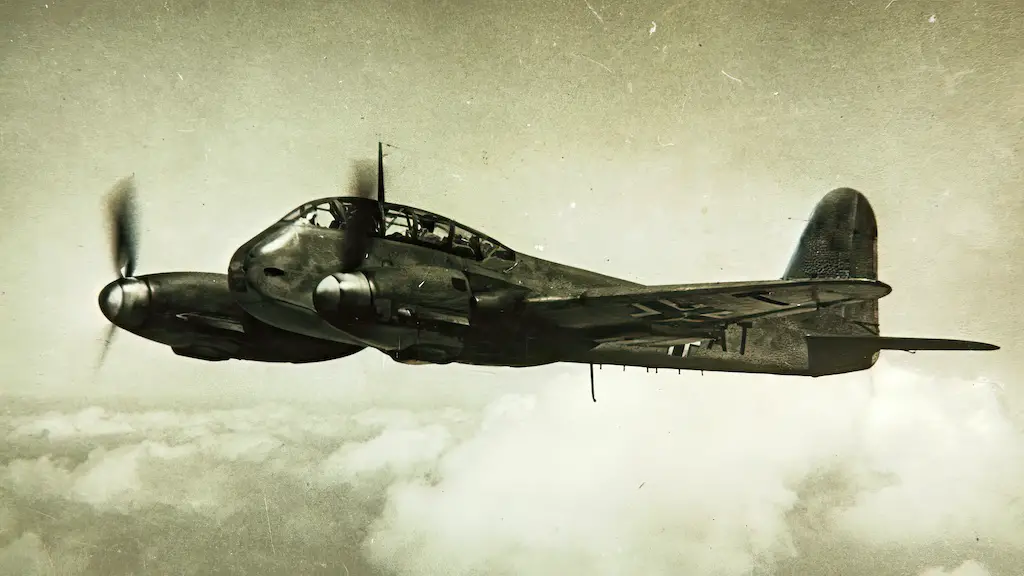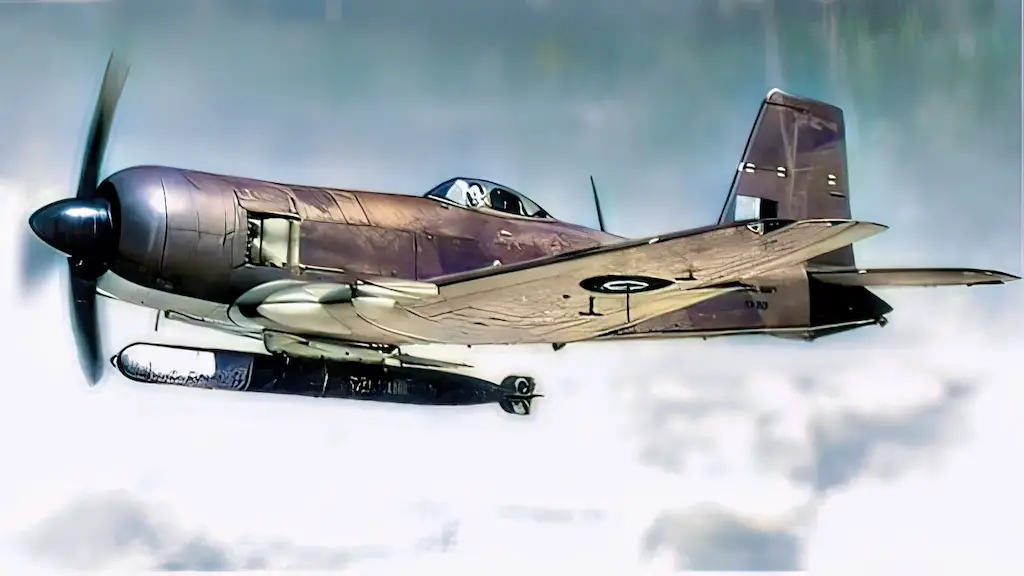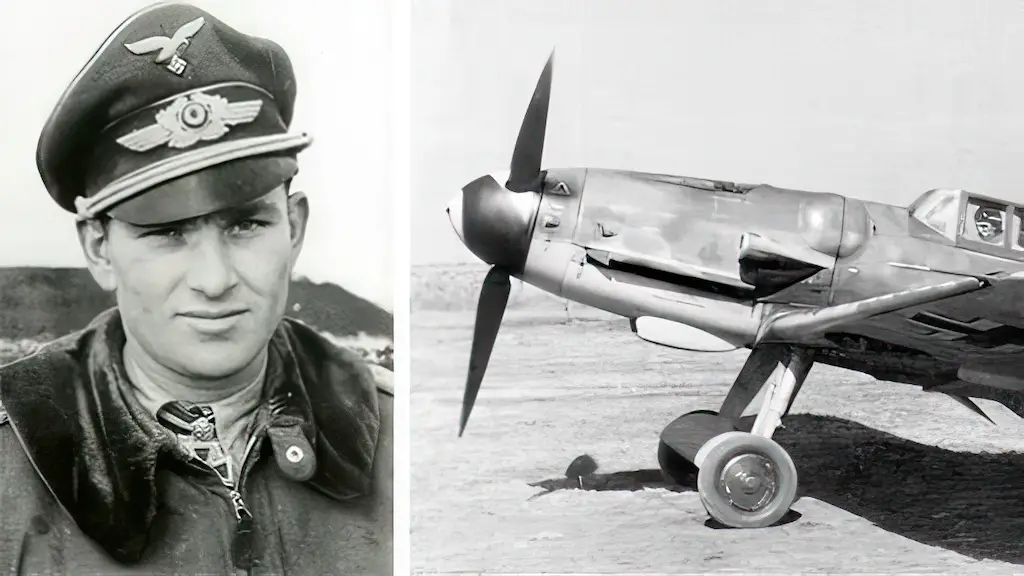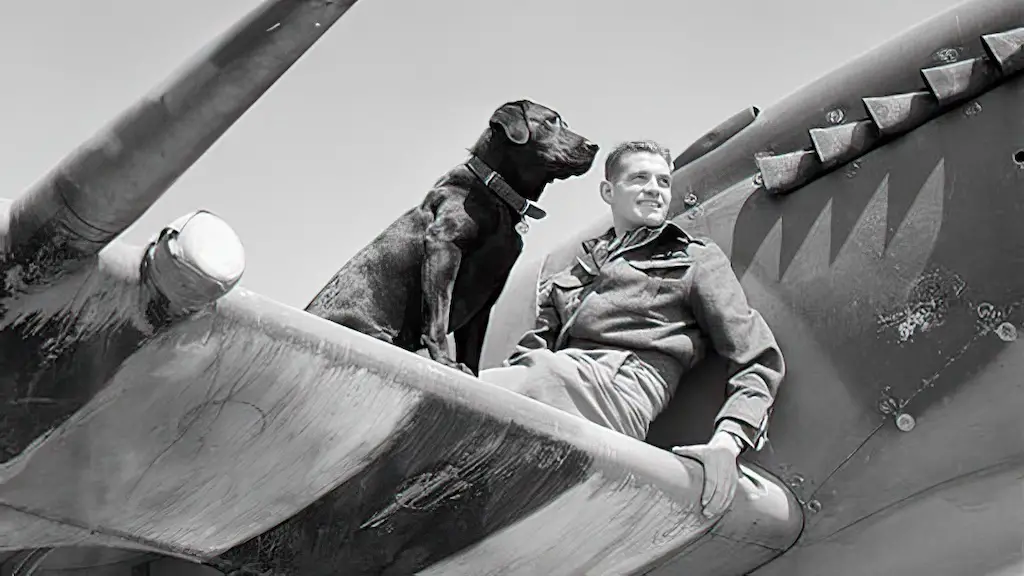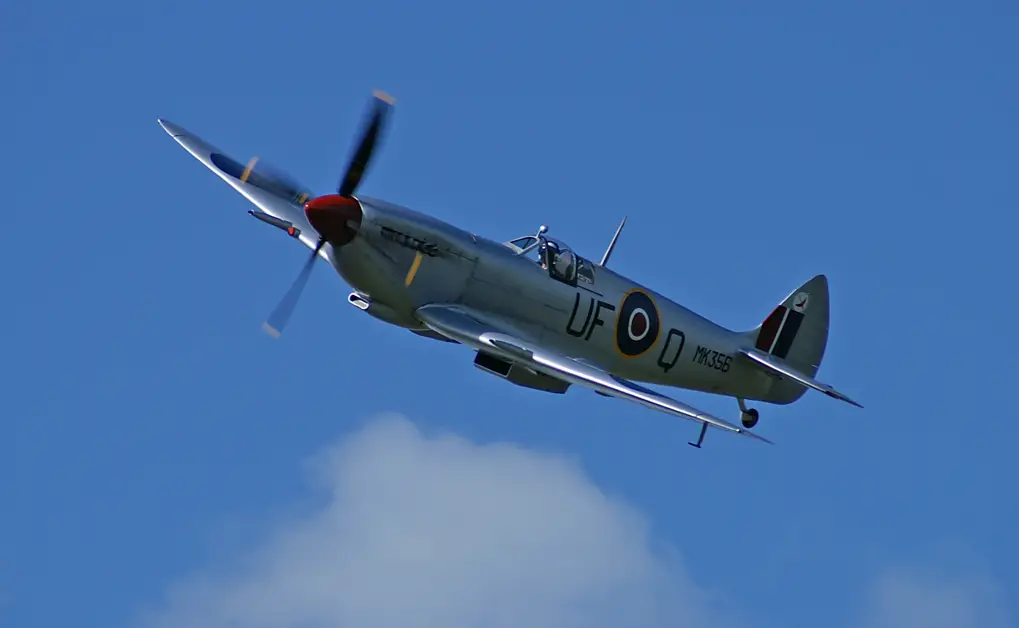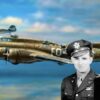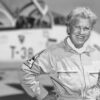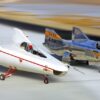From Basic Machine Guns to Advanced Firepower
The iconic Spitfire, a symbol of Britain’s aerial might in World War II, underwent significant armament changes during its service. Initially equipped with eight .303 rifle-caliber machine guns, these early Spitfires, alongside Hurricanes, faced the Luftwaffe in 1940. However, the demands of aerial combat and technological advancements soon led to significant upgrades. The initial machine guns, while effective in numbers, lacked the destructive power necessary for the evolving air warfare. The .303 Browning machine gun, despite its high rate of fire, struggled to inflict critical damage due to its small size and inability to carry explosive rounds.
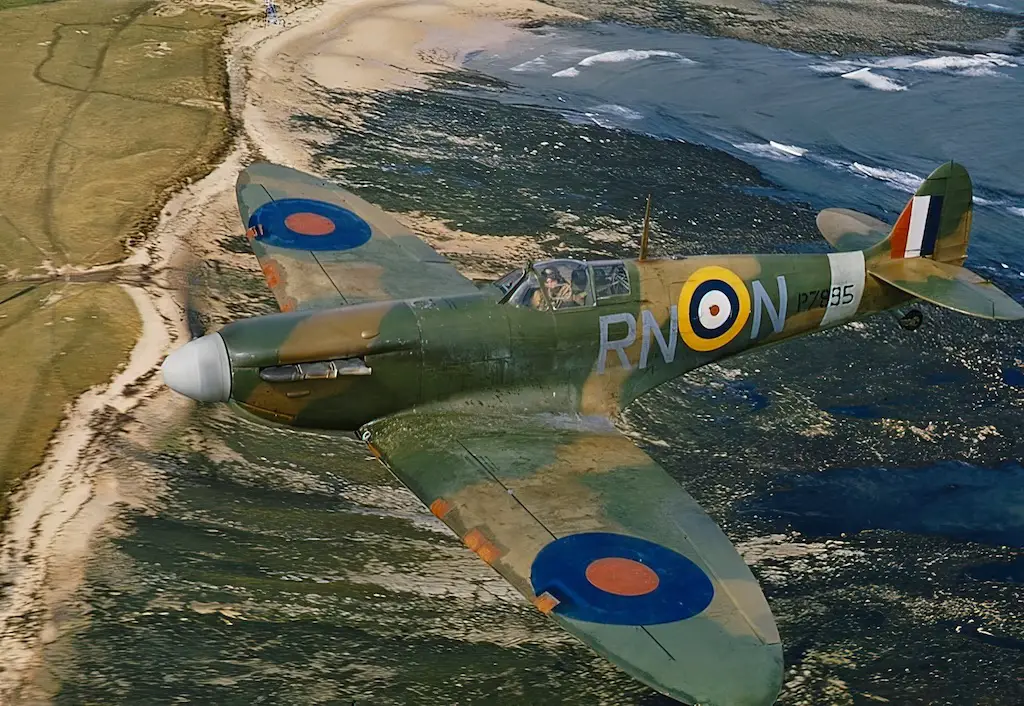
Addressing High-Altitude Challenges
As the Spitfires’ capabilities increased, allowing them to fly at higher speeds and altitudes, new problems emerged. The guns began to freeze at high altitudes, necessitating innovative solutions like pumping hot air from the engine to the guns. Additionally, the Spitfire had to face the Luftwaffe’s Messerschmitt Bf 109, equipped with cannons firing explosive shells. This disparity highlighted the need for a balance in armament: a mix of rate of fire and destructive capacity.
The shift to more powerful armament began with the introduction of the 20 mm Hispano cannon. Larger and more destructive, these cannons could fire armor-piercing and explosive rounds, significantly increasing the Spitfire’s firepower. However, integrating these cannons into the Spitfire’s thin wing presented challenges. The cannons often jammed due to the stresses in the wing and the G-forces experienced during maneuvers. This led to reliability issues, with the 19 Squadron even requesting to revert to older Spitfires.
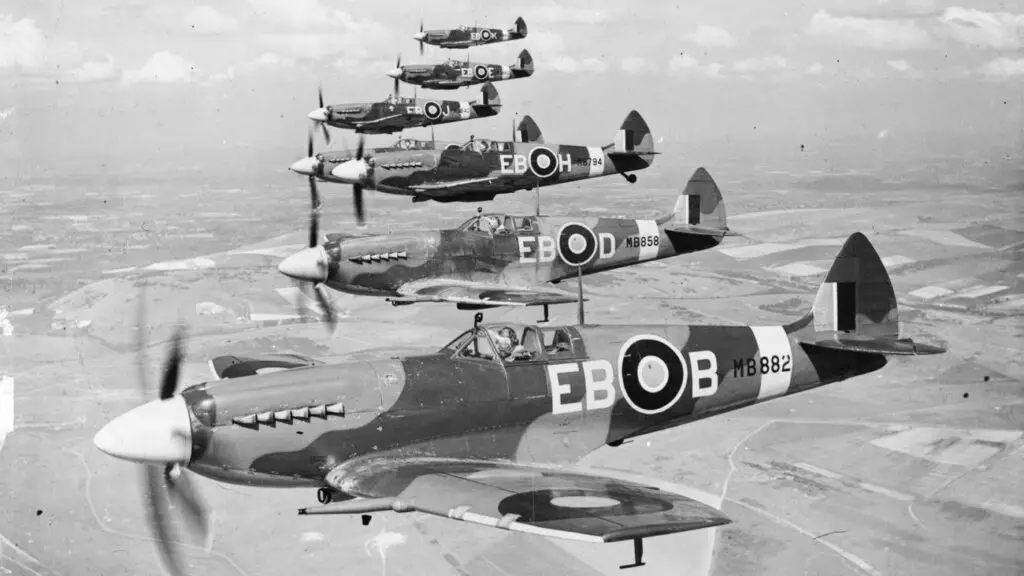
Finding the Perfect Balance
Over time, the Spitfire underwent various modifications to its wing design to accommodate different armaments efficiently. The introduction of the C-wing, or Universal Wing, marked a significant advancement. It allowed for a mix of machine guns and cannons, providing pilots with both a high rate of fire and powerful impact. This combination proved effective in combat, balancing the need for accuracy and destructive power.
The Final Iterations
The later stages of the war saw the Spitfire continuing to evolve. The introduction of the E-wing allowed the aircraft to carry .50 caliber machine guns alongside the Hispano Cannon. This combination provided a balance between firepower and rate of fire, adapting to the increasing armor of enemy aircraft. The final variants of the Spitfire, like the Mark 24, were equipped with redesigned wings holding four 20 mm cannons, paving the way for the RAF’s transition into the jet age.

